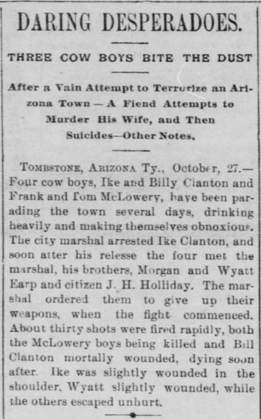 Leavenworth (KS) Times (Oct. 28, 1881 Leavenworth (KS) Times (Oct. 28, 1881 Generally regarded as the most famous gun shootout in American history, the “Gunfight at the O.K. Corral” occurred in Tombstone, Arizona Territory between lawmen and an outlaw group called the Cowboys. The legendary event that made Wyatt Earp a legend lasted only 30 seconds. It took place at about 3:00pm, Wednesday, October 26th, 1881. Forgotten to time, is a shootout that occurred nearly five years later in the heart of Downtown Frederick’s Square Corner. The major take away from this event that occurred on the Fourth of July (1886) was the fact that two lucky men, each bearing the first name of Henry, escaped with their lives. Thankfully, Mount Olivet Cemetery had to wait. Perhaps “shootout” is a strong term to describe this event, as forays of this variety usually involve two opposing foes utilizing firepower. In our Frederick instance, only one side had a weapon, the other side was unarmed. Maybe it would be better described as an “ambush.” It also appears that there wasn’t a clear-cut “good guy” or “bad guy,” but certainly wrongdoers on both sides. There were no deputized lawmen (like the Earp brothers) involved here, however, the vigilante aggressor was a dentist, much like the legendary Doc Holliday who played a starring role at Tombstone back in ‘81. This gentleman viewed his rival as a ruthless “cowboy,” who had wronged his beloved cousin. His feud had simmered quickly to a boil, with the combatants knowing virtually nothing of each other before this dark day. In fact they didn't know what each other looked like until the moment of the incident. Meanwhile, Fourth of July festivities were taking place throughout the town. 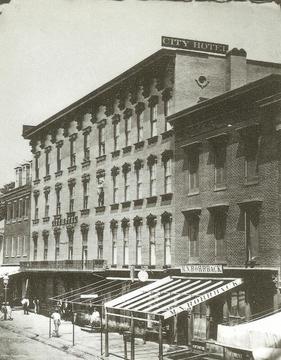 City Hotel on W. Patrick Street (c. 1880) City Hotel on W. Patrick Street (c. 1880) Dr. Joseph A. Webb was born in Pennsylvania in March, 1840. Sadly, Webb was orphaned at an early age, along with sisters Mary Jane, Susan and Martha. The children were taken in, and raised, by maternal aunt Mary (Trainer) Need in Maryland. This was the Emmitsburg household of Mary and husband John Need. A decade later (in 1857), the Needs would become owners of Frederick’s top hostelry—the City Hotel. They ran this operation during the turbulent years of the American Civil War. Mr. Need would also serve as Frederick County’s Deputy Collector of Taxes, and worked for several years as a clerk of the county court. John Need’s brother, William, also lived in the household as a widower. He was the original publisher of the Catoctin Clarion, Thurmont’s principal newspaper of the period. Joseph Webb and his sisters developed close bonds with their cousins/step-parents, and a slew of cousins/step-siblings. As far as I could tell the children were raised in the Catholic faith tradition of the Needs, and likely received a Catholic-based education at nearby St. John’s and the Visitation Academy. After grade school graduation, Joseph trained to become a dentist at the Baltimore College of Dental Surgery. He would open a practice on Market Street in the 1860’s, and was known to have a quiet and mild-mannered disposition. Dr. Webb married wife Fannie (Carter) and became the father of four children of his own. He practiced in Baltimore in the early 1870's but returned to Frederick. He eventually moved back to Baltimore in the early 1880’s, and quickly became as respected in “Charm City” as he was in his adopted home of Frederick. On July 3rd, 1886, Dr. Webb learned a disturbing story—one which shone a light on the true reason his cousin, Mary Need, (daughter of John and Mary), had been recently sentenced to a Baltimore insane asylum four months earlier. Overcome with emotion, Webb would soon take the law into his own hands. On the afternoon of July 4th, he purchased a revolver and quietly left his Baltimore home, boarding a train bound for Frederick. Mary Need, born in 1856, had once been a popular young lady in Frederick—her fall from grace would be swift. In the 1880 census, Mary can be found living with her siblings in a house on East 2nd Street, her parents having died a few years earlier. She would go to live with her brother John in Sharpsburg for a year. While there, poor Mary had supposedly fallen under the spell of a young Frederick man named Henry Reid Besant, known more commonly as Harry Besant. Besant, born in Point of Rocks in 1862, enjoyed a privileged upbringing, the son of Frederick County court justice James H. Besant. Harry Besant is said to have had a particular friendship with Jane Need, Mary’s younger sister. When Jane left for Washington, DC in fall of 1884, Besant began having secret sexual encounters with Mary, six years his senior. This resulted in an accidental pregnancy, which was painstakingly concealed from the Frederick community and general public. The child was born in Baltimore on July 12th, 1885. Both Miss Need and Harry Besant were practicing Catholics. Besant turned to a church institution for assistance upon the birth of the baby. It was taken to an orphanage for safekeeping, apparently a chance to allow the young couple to regroup. Mary returned to Frederick to live with her siblings and return to work as a milliner. Meanwhile, one thing led to another and the child somehow died within three months on October 21st, 1885. Besant was notified of this fact, but withheld information from Mary at first. When he finally let her know of the tragic circumstance, Mary became very depressed as could be expected. Ironically, in Mary Need’s greatest “time of need,” Besant decided to make his exit strategy, and abruptly broke things off with Mary. A newspaper account in the Baltimore Sun (dated July 7, 1886) said: “At its (baby’s) death, Besant became open to the attentions of other ladies. This is said to have weighed heavily upon her (Mary Need’s) mind. She went to Mr. Besant’s mother and told her the story. She finally grew violent and it became necessary to restrain her.” This was the proverbial "straw that broke the camels’ back." Twenty eight year-old Mary snapped and had a nervous breakdown and required confinement after apparently got into some sort of altercation with Dr. Webb’s younger sister, Martha Webb. This led to her arrest and subsequent court hearing. A local jury found Mary Webb to be insane, and sentenced the young woman to the Mount Hope Asylum in west Baltimore. Dr. Webb's train arrived in Frederick at 4:30pm on July 4th. He made his way through the familiar streets of town to the house of his older sister, Mary Jane Walsh, and husband William. Mr. Walsh, an Irish immigrant, had served as a clerk for the Frederick County National Bank for over two decades. The Walsh’s lived above the bank, at its location on the northwest corner of Frederick’s “Square Corner,” the intersection of Market and Patrick streets. Dinner was served, but Dr. Webb had no appetite for food, rather information. Suddenly the dinner conversation centered on Dr. Webb’s recent discovery regarding cousin Mary Need. Mrs. Walsh stayed tight-lipped about the whole affair as Dr. Webb pressed for more details. Finally, getting none, Dr. Webb excused himself in order to smoke a cigar across the street. He promptly went to David O. Thomas’ Cigar Shop. 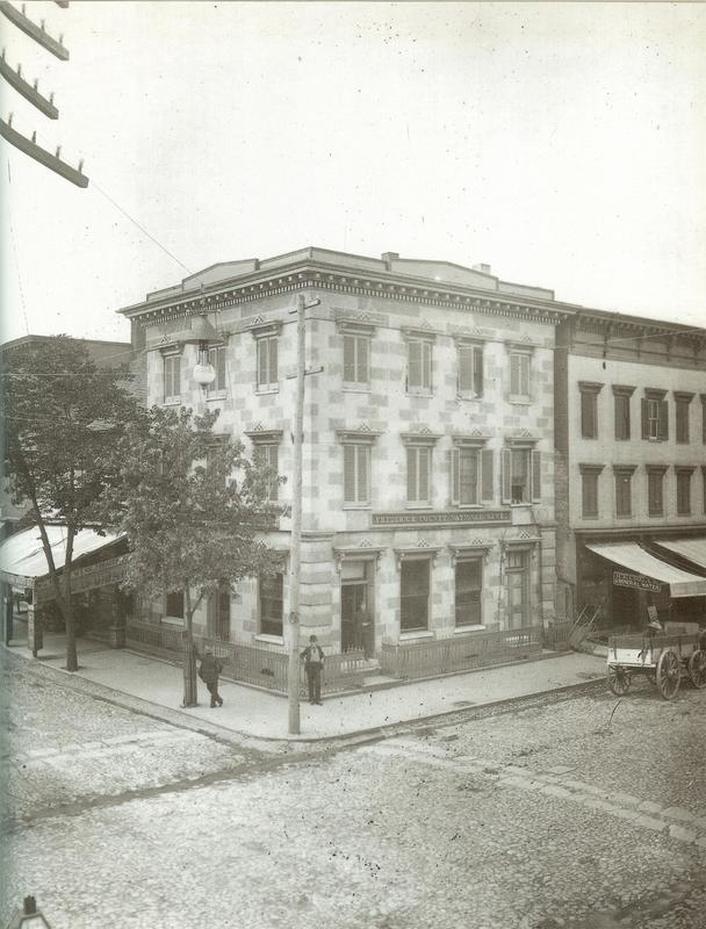 The general vicinity of the 1886 Fourth of July shootout, northwest corner of the Square Corner intersection of Patrick (left) and Market (right)streets. Frederick County National Bank (with the Walsh residence upstairs) is in the center of this (c. 1890) photograph. To the right of the bank is the D. H. Markey Store which specialized in selling shoes, boots and hats. The left most storefront window (under the awning) was the victim of Dr. Webb's first bullet. Curiosity seekers came from all over the county to personally witness the sensational crime scene. Mr. Thomas, himself, was among the witnesses that provided testimony at the inquest hearing on July 7th, 1886. “I was sitting in front of my cigar store around 6 o’clock when Messrs. Besant and Debring came along. Dr. Webb asked Samuel Brubaker who they were. Mr. Brubaker told them, and when the two had crossed the street at the crossing, Dr. Webb arose and began walking toward them. He drew his pistol at the same time and began firing at Besant when he was about at the middle of the street. The first shot went through the glass window. The second cut the brim off Mr. DeBring’s hat, the third shot hit Besant, and as he stooped over and partly turned about, a fourth ball passed over him. A great many fire-crackers were being exploded at the time, and the shooting attracted little notice until it had become known that Mr. Besant had been shot. The excitement spread quickly, and the details of the old scandal were revived.” 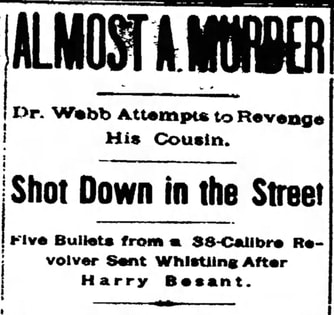 Frederick News headline from July 6, 1886 Frederick News headline from July 6, 1886 The “Shootout at the Square Corner” took place on the north side of the square. Less than two hours after his train arrival, Dr. Webb had prevailed with his mission. He was thinking and acting with a cool and controlled head, albeit a tad irrational in the big picture. After Webb had fired his last shot, while being accosted by police officers and civilians, he willingly gave up his pistol, replying that he no longer had use for it. His accuracy as a dentist seems to have surpassed his talent as a marksman. Public outcry was mixed as this was a time period when reputation and chivalrous conduct meant everything. In the court proceedings to follow, it was learned that Mary’s brother William had intended to kill Besant the previous May, but failed to act. Besant is also lucky that Mary’s brother John stood down as well, as I found that he would spend the final years of his life in California’s San Quentin Prison after being charged with a felony. And speaking of brotherly love, one of the most spectacular actions associated with this event came from William H. Besant—Harry’s older brother, and a longtime personal friend of Joseph Webb. He actually told the authorities that the shooting was somewhat justified, and that the Besant family did not want to press charges against Dr. Webb.
On the night of May 24th, 1904, Harry Besant retired to the bedroom of his E. Church Street home after dinner. He was in apparent good health and spirits. When Minnie tried to awake her husband the next morning, he is said to have “breathed heavily and expired.” Cause of death was found to be heart failure, super-induced by an attack of acute indigestion. Could it also have been a delayed result from being shot at the Square Corner nearly 18 years earlier? We’ll never know. The 42 year-old was laid to rest in Mount Olivet’s Area L/Lot 240, after a well-attended funeral mass at St. Johns Catholic Church. Harry’s buddy, Henry B. DeBring, would count his lucky stars on that July 4th, 1886 evening, for he had come out unscathed. His hat, however, wasn’t as fortunate. Less than one year later, Henry was living in Baltimore and worked as a firefighter. On June 13th, DeBring and his colleagues would respond to a business fire. While attempting to put out the blaze, he was severely injured by a gasoline explosion. Like his friend Besant the previous year, Henry DeBring would go on to make a full recovery, having cheated the grim reaper two years in a row. He would marry Verna Burg, raise a family in Baltimore and tell these tales for the next 47 years before being buried in Mount Olivet’s Area S in November, 1934. 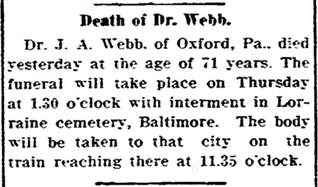 Frederick Post (Sept. 12, 1911) Frederick Post (Sept. 12, 1911) Although he immediately regretted the fact that he did not fully succeed in completing his goal of killing Harry Besant, Dr. Joseph Webb was remorseful for his disrespectful conduct towards friend, William T. Besant, the older brother of his victim. He was also touched by the tremendous outpouring of support received by Frederick residents who sided with him in his actions. Charges were dropped, and Dr. Webb went back to Baltimore, unfortunately never to make a permanent return to Frederick. Dr. Webb went back to work as a dentist. He stayed active in his church, and Elks Club through the remainder of his life, while continuing his dental practice. As a widower, he would eventually retire to Oxford, Pennsylvania to live with his son Roger. This is where he died in 1911 of heart disease. And what of Miss Mary Need, the root cause of Dr. Webb’s vigilante-type action, and Harry Besant’s near death experience? Unfortunately, the shooting episode created sensational media attention, causing Mary’s private heartbreak to become known to countless thousands as the story was picked up by newspapers across the country. She would spend the next 37 years within the Mount Hope Asylum up to her death at age 65. She died two days before Christmas, December 23rd, 1923.
Just as Mary Need had been forgotten in life, her fate in death was quite the same, as I couldn’t find mention of it in any newspaper. Her body was laid to rest in the Need family lot within St. John’s Catholic Cemetery in Frederick. She is buried in an unmarked grave, only a stone's throw away from Harry Besant's parents. Oh, how her life could have been so different.
3 Comments
shane shanholtz
8/28/2018 09:10:17 pm
another great story . Thanks chris
Reply
JB Castlenail
7/12/2020 10:24:35 am
Thank you for sharing. I love these historical pieces.
Reply
Leave a Reply. |
STORIES
|
Archives
July 2024
June 2024
May 2024
April 2024
March 2024
February 2024
January 2024
December 2023
November 2023
September 2023
August 2023
July 2023
June 2023
May 2023
April 2023
March 2023
February 2023
January 2023
December 2022
November 2022
October 2022
September 2022
August 2022
July 2022
June 2022
May 2022
April 2022
March 2022
February 2022
January 2022
December 2021
November 2021
October 2021
September 2021
August 2021
July 2021
June 2021
May 2021
April 2021
March 2021
February 2021
January 2021
December 2020
November 2020
October 2020
September 2020
August 2020
July 2020
June 2020
May 2020
April 2020
March 2020
February 2020
January 2020
December 2019
November 2019
October 2019
September 2019
August 2019
July 2019
June 2019
May 2019
April 2019
March 2019
February 2019
January 2019
December 2018
November 2018
October 2018
September 2018
August 2018
July 2018
June 2018
May 2018
April 2018
March 2018
February 2018
January 2018
December 2017
November 2017
October 2017
September 2017
August 2017
July 2017
June 2017
May 2017
April 2017
March 2017
February 2017
January 2017
December 2016
November 2016

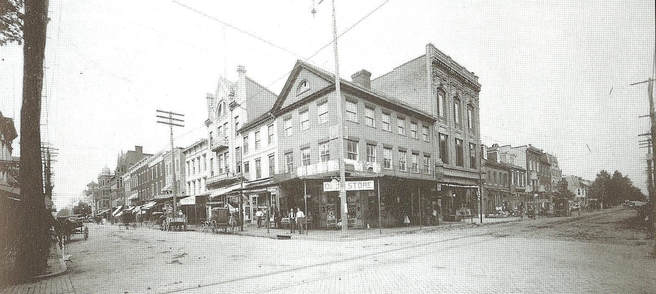


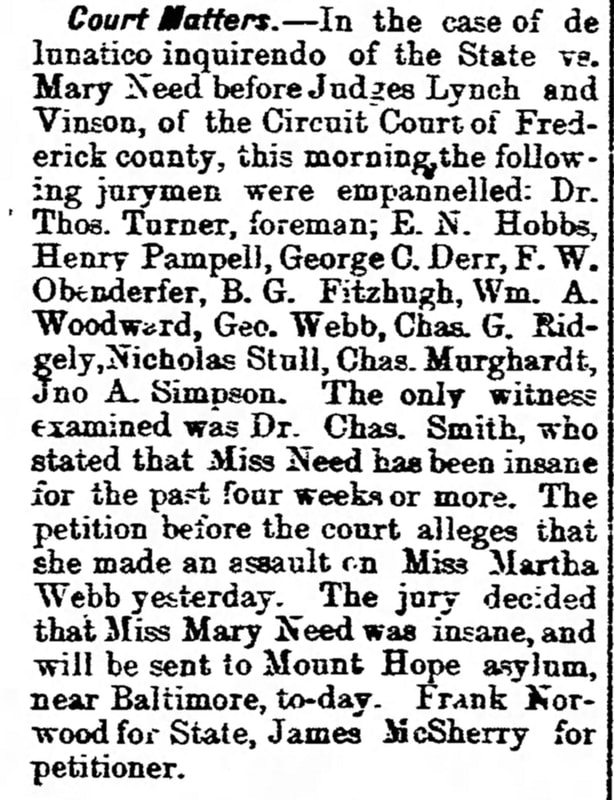
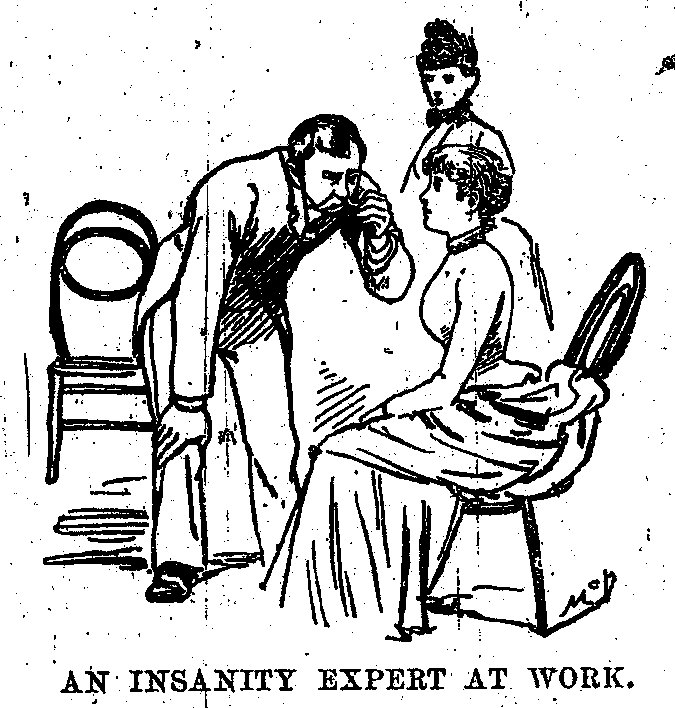
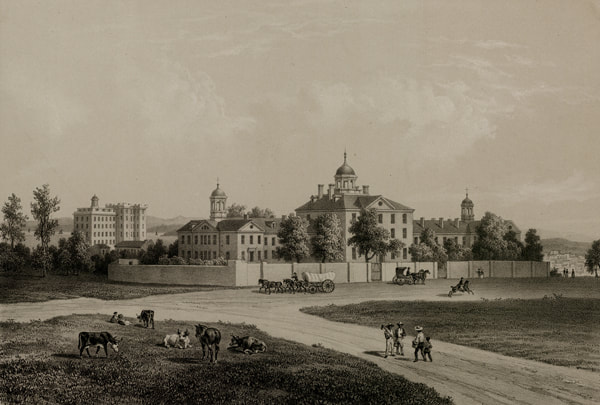
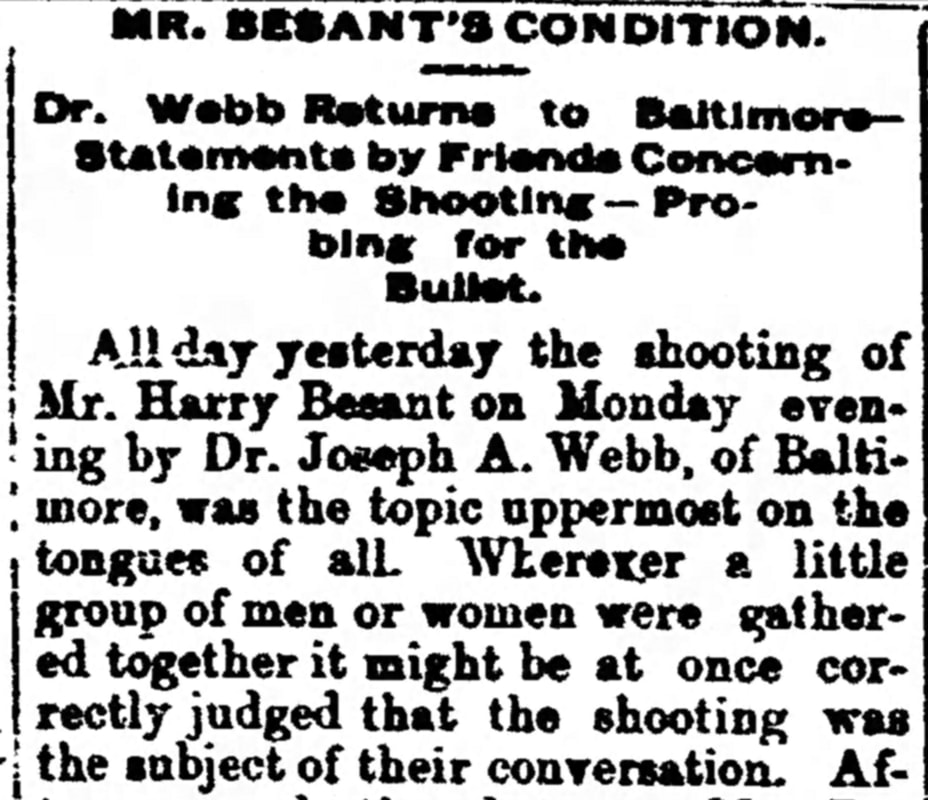
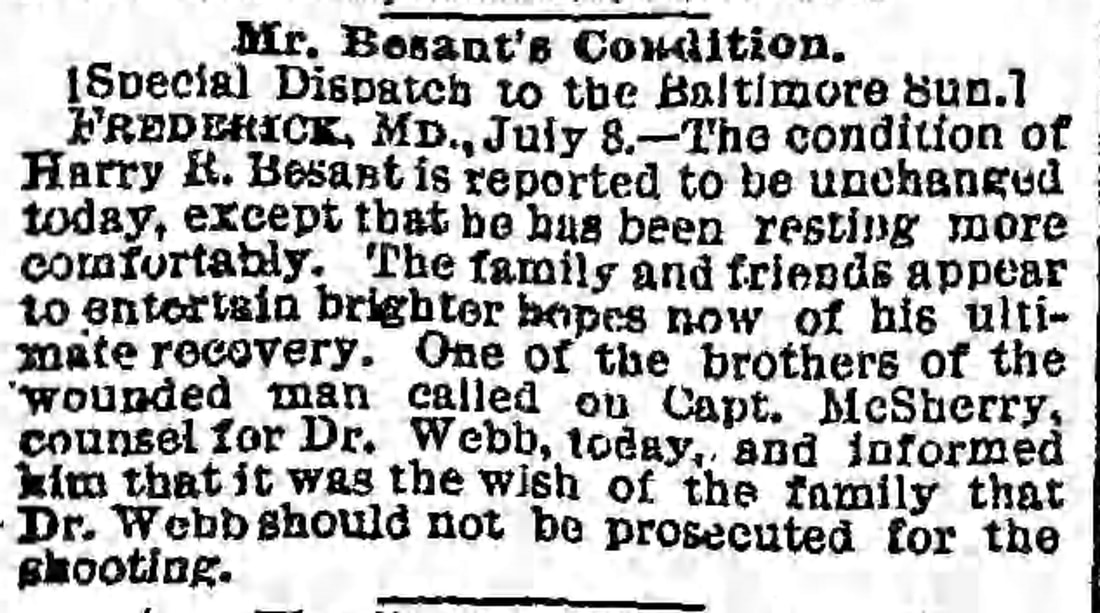
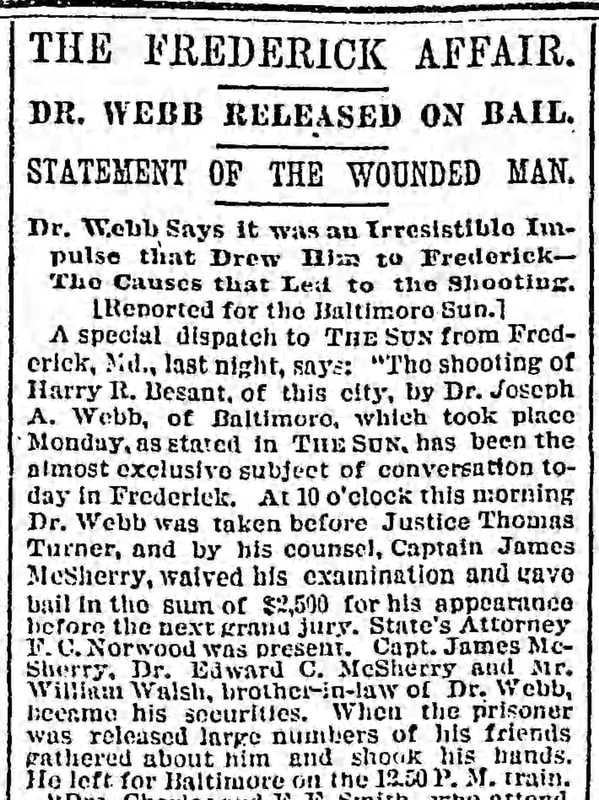
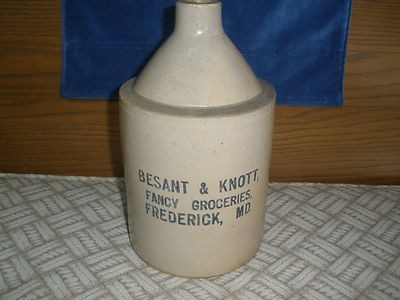
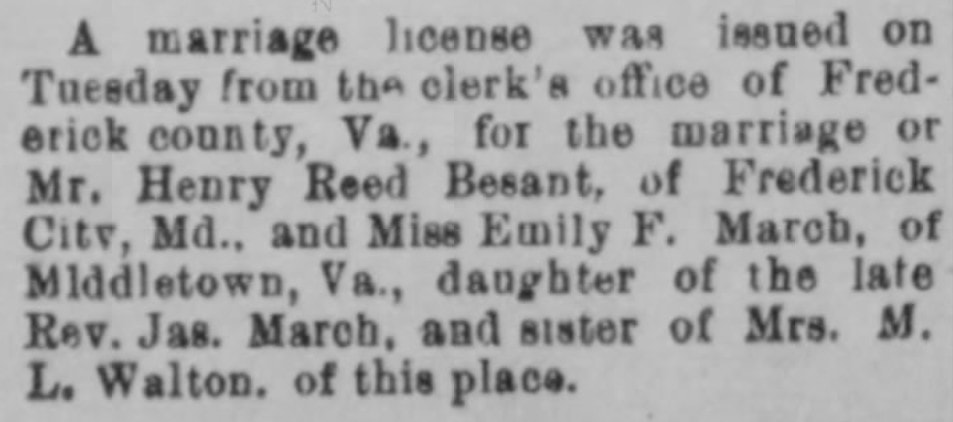
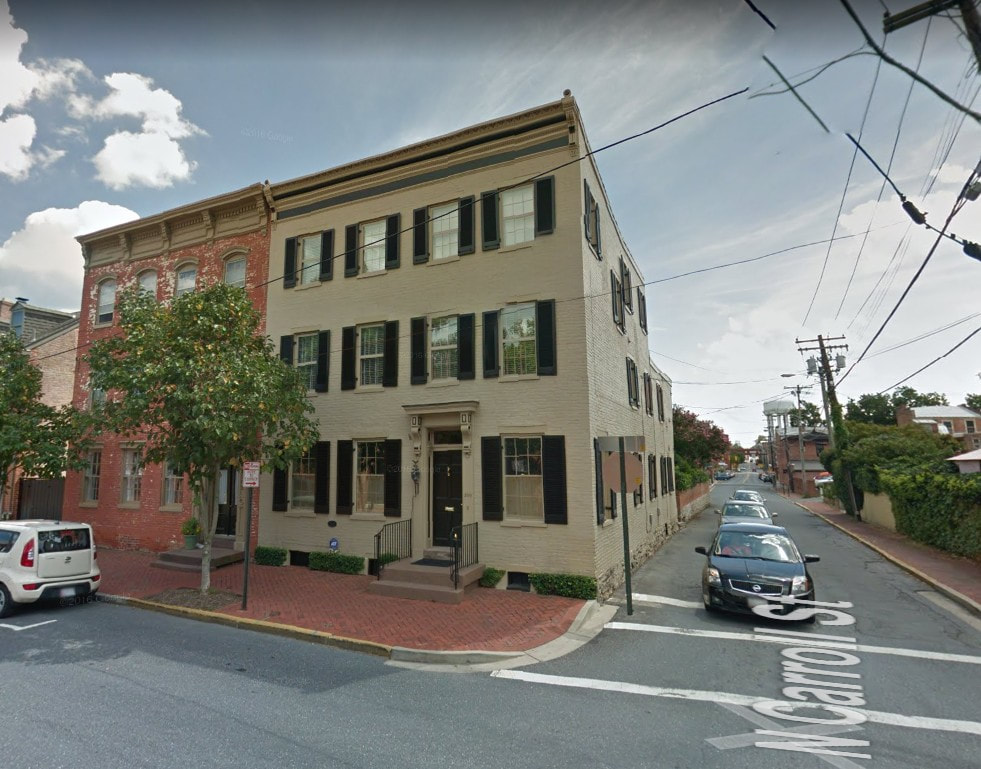
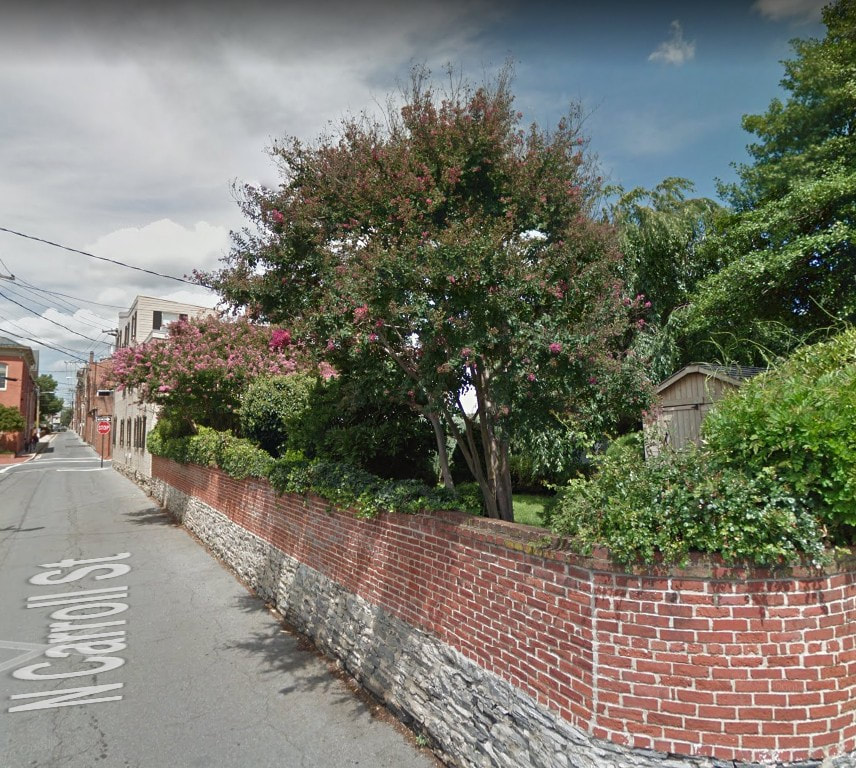
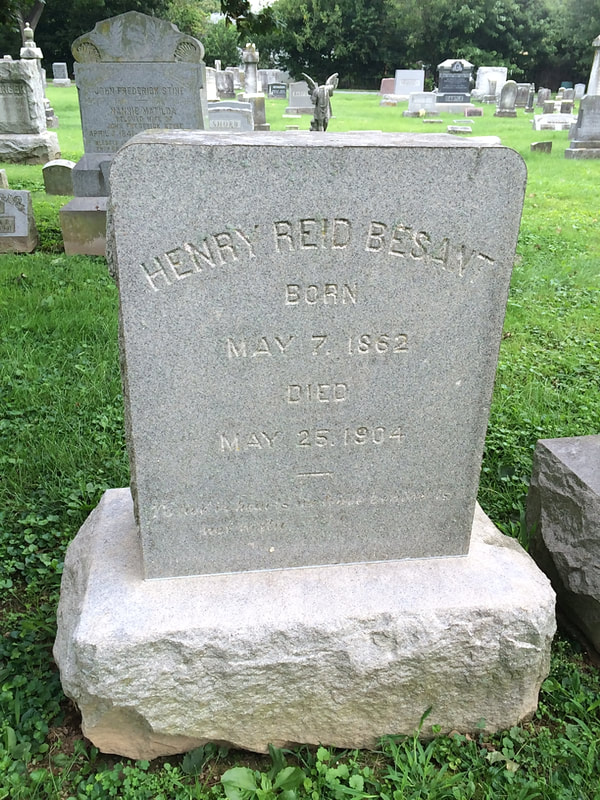
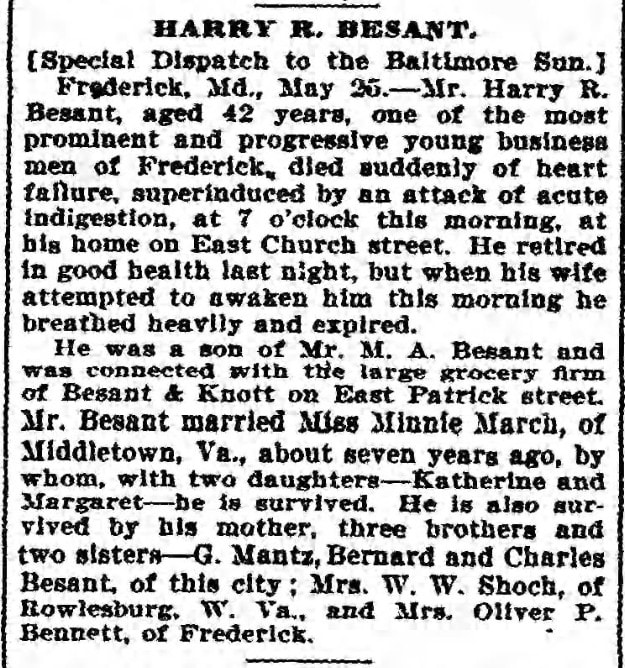
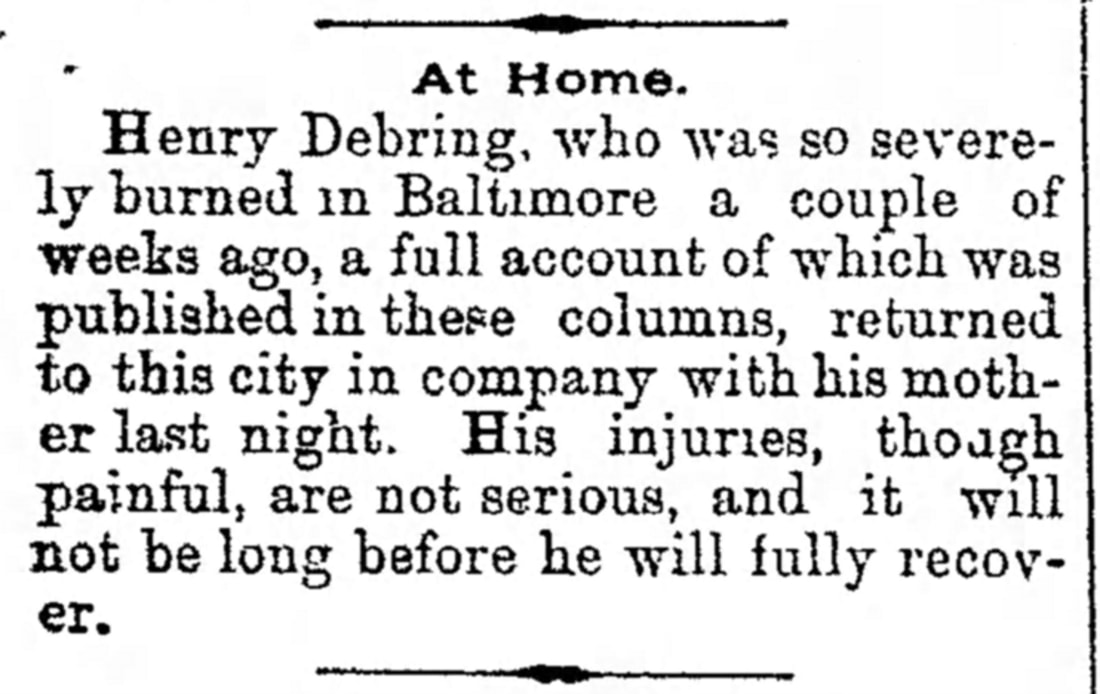
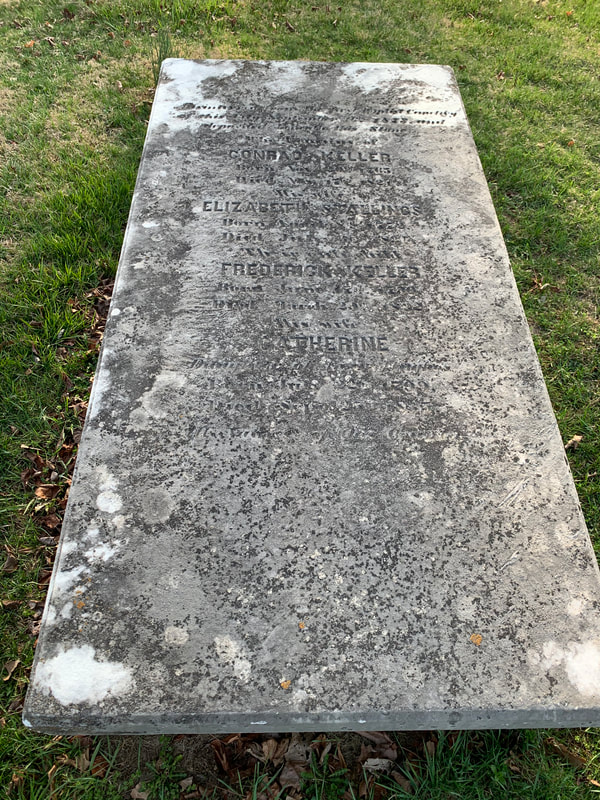
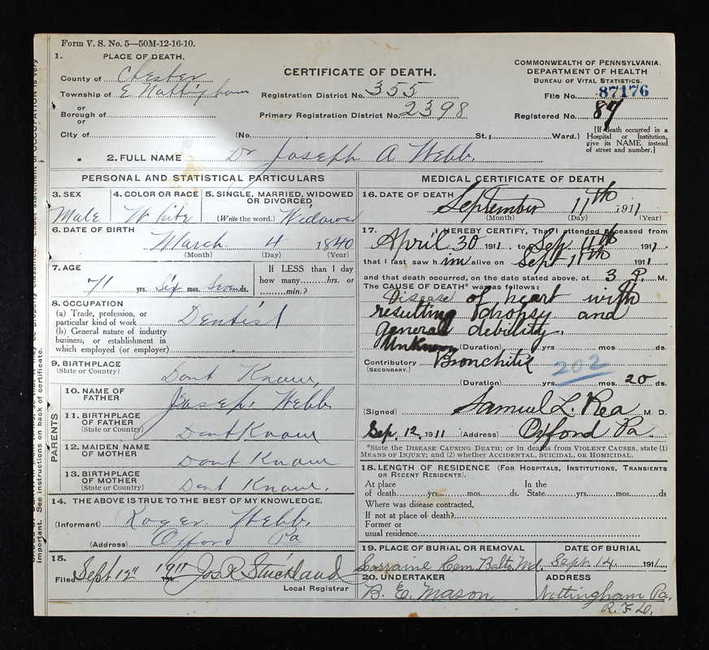
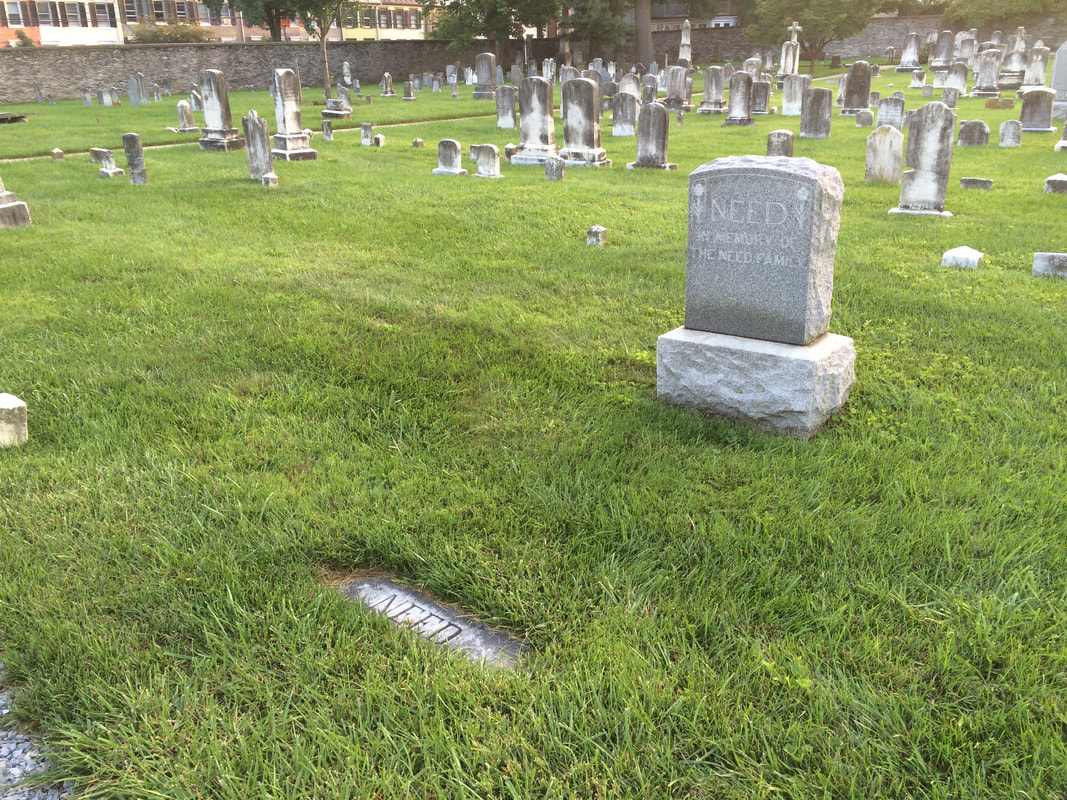

 RSS Feed
RSS Feed